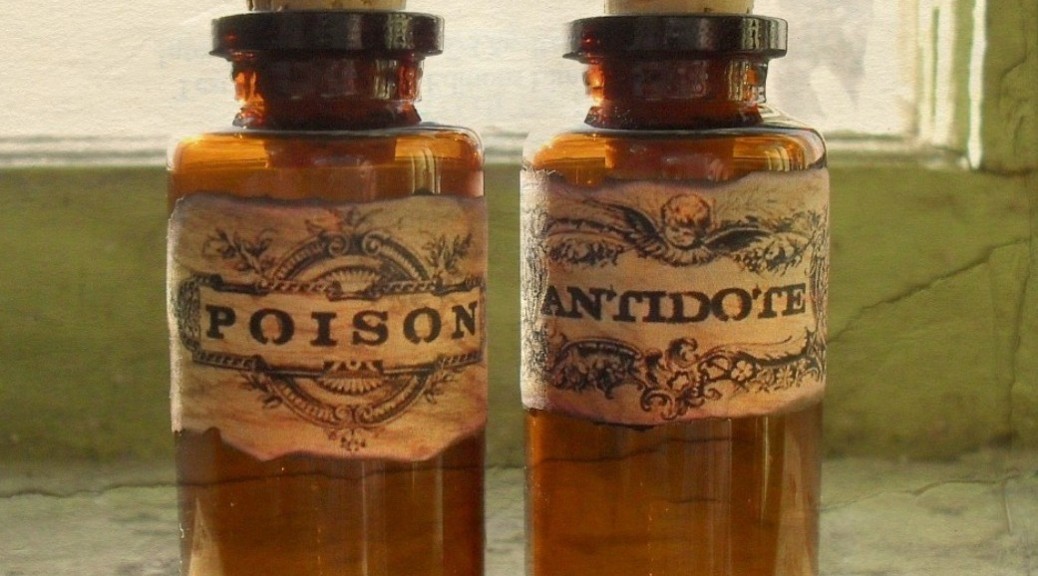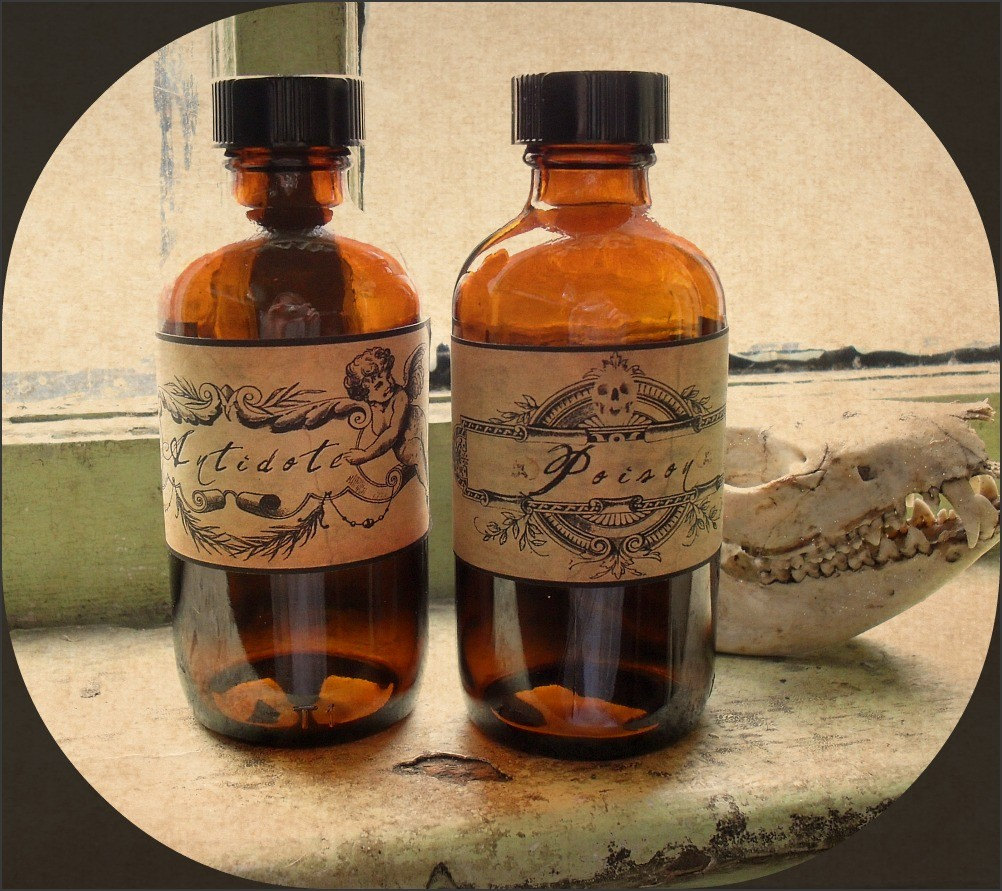

Well versed in the sciences and the rites of spiritual initiations, as was usual for a ruler of her time, it is said that she used her knowledge of animal poisons by purposefully falling on her asp (which then dealt her a fatal bite) to avoid being forced to do something that was against her conscience.ĭespite these first indications of an approaching and developing collective conscience regarding the concept of harming someone else to increase ones own well-being, the use of poisoning continued into and through the Middle Ages. Unlike her predecessors, she spoke the languages of the various peoples she ruled as well as those of neighboring cultures. Cleopatra, ruler of Egypt until 30BC, was well ahead of her time in her cosmopolitan education and attitude. Large scale poisoning behaviors spread and continued relatively unchecked until around 82 BC, as humanity approached the Turning Point of Time, when the first known law against poisonings was issued. In fact, the topic became so popular during these times that poisonings in Rome reached epidemic proportions and a large conspiracy of women to remove men from whose deaths they might profit was uncovered. Nicander of Colophon, a Greek poet-physician of the second century BC, wrote poems in hexameter about poisons and antidotes. The writings of Hippocrates (‘Father of Modern Medicine’) included not only additions to the list of known poisons, but also commentary on dosage, bioavailability in therapeutic use and overdosing. Around 400 BC, there were further works recognizing poisons including biblical references in The Book of Job. Written records dating back to an Egyptian papyrus from around 1,500 BC contain descriptions of recognized poisons. This ‘entire context’ includes a history that dates back to pre-recorded antiquity when the earliest humans used poisons for hunting, warfare and assassinations. Anthroposophical medical science might say of poisons, ‘the dose and the entire context in which it is used’ determines toxicity (something’s ability to act as a poisoning agent).

Modern toxicologists speak of ‘the dose and the host’. This understanding is pre-requisite to not only mitigating or even negating the effects of poisons through avoidance, detoxification, and/or antidote but also to the possibility of the transformation of the poisoning relationship to one of healing.Īccording to Casarett & Doull’s comprehensive textbook, ‘Toxicology The Basic Science of Poisons’ ‘One could define a poison as any agent capable of producing a deleterious response in a biological system, seriously injuring function or producing death.’ However, the author goes on to clarify that ‘this definition immediately invites contradiction since almost every substance has this potential’! Paraclecus, physician-alchemist of the late Middle Ages, noted that it was ‘the dose’ that determines whether something acts as a poison. Although this history is difficult to hear about and ponder, it is part of a wider understanding of what toxins or poisons are, and how they work in us individually and collectively.

As befits the subject itself, this history is one fraught with intrigue, fraud, betrayal and, of course deaths. Generally speaking, the art and science of healing is inseparable from the concepts involved in ‘poisonings’.

Often referred to by its own practitioners as a ‘borrowed science’, toxicology finds it’s roots with the ‘poisoners’ of times gone by. Lurking at the base of all medical therapy like a coiled serpent is the science of poisons.


 0 kommentar(er)
0 kommentar(er)
